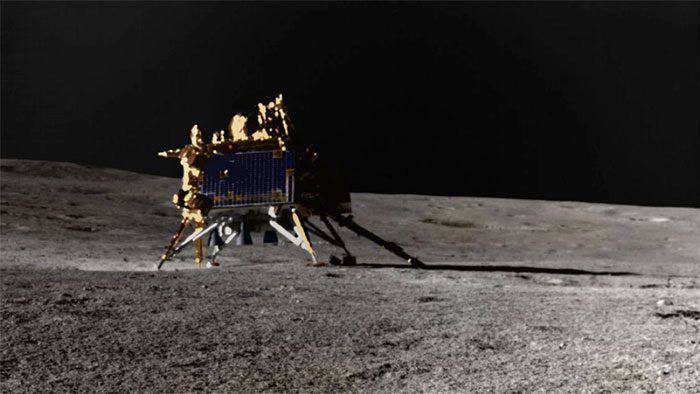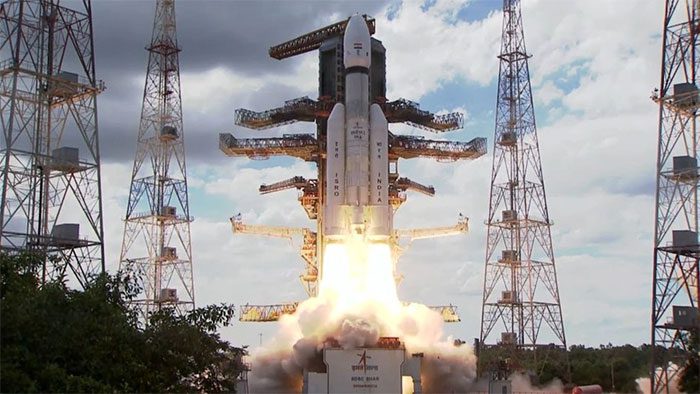India Hopes to Reestablish Contact with Chandrayaan-3 Mission, Currently Both the Lander and Rover Show No Signs of Life.
One day on the Moon is equivalent to 14 days on Earth, with an average daytime temperature of 123 degrees Celsius and a nighttime low of minus 233 degrees Celsius.

India’s Vikram Lander on the Moon. (Image: ISRO).
The Chandrayaan-3 Mission of India lost contact with the control center in early September after facing a frigid night on the lunar surface.
Chandrayaan-3 was launched to the Moon carrying the Vikram lander and the Pragyan rover, which are currently unable to operate due to depleted solar-powered battery energy.
According to the Indian Space Research Organisation (ISRO), scientists did not equip their spacecraft with a heating system to protect them from the Moon’s extreme cold.
ISRO tweeted on social media platform X (formerly Twitter) on September 22: “We have made efforts to re-establish contact with the Vikram Lander and Pragyan Rover to check their operational status.”
Currently, scientists have not received any signals from the two devices. Chandrayaan-3 shows no signs of life after a bitterly cold night on the Moon.
ISRO added that efforts to re-establish contact are ongoing. “Engineers will monitor the rover and lander, hoping that their batteries will recharge as dawn approaches and the mission can resume.”
A Fateful Night?
The Vikram lander and Pragyan rover landed in a region that can receive sunlight at sunrise. Unfortunately, they were not equipped with a radioactive heating system, preventing battery freezing.
As a result, the lunar night that Chandrayaan-3 just endured must have been extremely harsh, with temperatures predicted to be around minus 130⁰C.

Previously, India successfully launched the Chandrayaan-3 lunar lander from the Satish Dhawan Space Centre on July 14. (Image: ISRO).
According to scientists, without a heating system, the two spacecraft seem to need a miracle to survive in these conditions.
“If they cannot wake up, the Chandrayaan-3 lander will remain there as India’s Moon ambassador”, ISRO stated in a release. Nevertheless, the mission has been praised by the media, regarded as “the greatest scientific achievement” of India.
ISRO is not giving up on efforts to revive the Chandrayaan-3 mission. Even if it may not resume operations on the Moon, this is certainly not a failure for India.
The world’s most populous country has become the fourth nation to conquer the Moon, marking a new chapter in the history of space exploration.
Earlier, India’s Chandrayaan-3 lander successfully touched down on the Moon on August 23.
Since then, the mission’s rover has traveled over 100 meters on the lunar surface, conducting several important tasks such as chemical analysis, thermal mapping, and plasma measurements of the planet.
The scientific instruments of Chandrayaan-3 also confirmed the presence of sulfur, iron, oxygen, and many other elements on the Moon.


















































